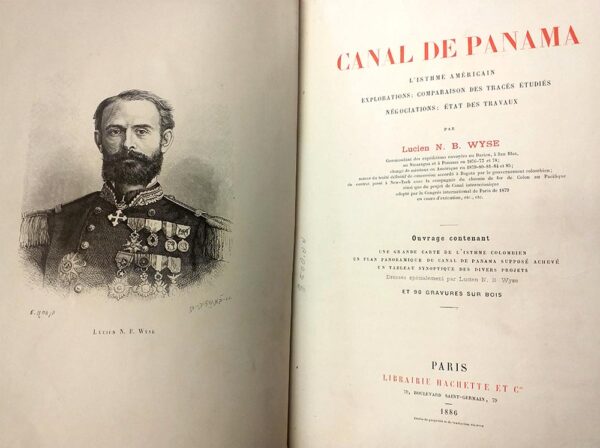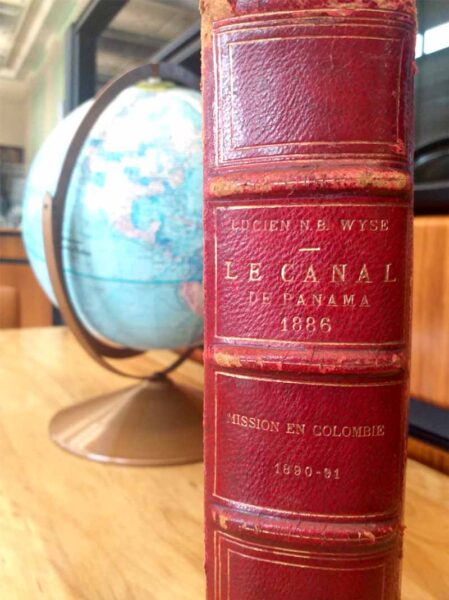Lucien Bonaparte Wyse and the explorations of the isthmus
Among the more than 50,000 documents housed in the Roberto F. Chiari Library, the researcher comes across all kinds of […]
Among the more than 50,000 documents housed in the Roberto F. Chiari Library, the researcher comes across all kinds of pleasant curiosities. Today, we will deal with one of them. It is a book dating from 1886, written in French and that even has a dedication from its author: the French engineer Lucien Bonaparte Wyse, who was the great-nephew of the former emperor Napoleon Bonaparte.
The book Le Canal de Panama details the explorations that between 1876 and 1880 Wyse, in the company of the engineer Armand Reclus, carried out in our isthmus on behalf of the Geographical Society of Paris, whose president was Ferdinand de Lesseps.
Why the explorations?
The Paris Geographical Society wanted to arouse international interest in the possible construction of an interoceanic canal in Central America. This was the beginning of a process that would last several years and would culminate in the Congrés International dÉtude du Canal Interocéanique (International Congress to Consider an Interoceanic Canal) in 1879.

The Panama Canal
The book is a collection of letters, reports, and documents from the two trips Wyse and Reclus made to the isthmus. In the first trip, which began in November 1876, Wyse and Reclus explored the Darien and Atrato regions (Colombia), and at its conclusion, recommended the construction of a canal with tunnels and locks, which was finally rejected by De Lesseps.
The explorers returned to the isthmus at the end of 1877 and explored routes through San Blas, including the current route from Colon to Panama City. The study of this route envisioned a canal that would closely follow the route of the transisthmian railroad, at grade (without locks), and would have a 7,720-meter tunnel. This route would eventually be the winner in the 1879 congress.
It is worth noting that Le Canal de Panama not only provides technical information to determine the viability of one route over the other, but it is also a study of the flora, fauna and Panamanian society of the time. The book contains maps and images that are in perfect condition and give an idea of the work of these explorers.

Other explorations
Like the study of Wyse and Reclus, the library holds a large number of original documents of geographic explorations throughout the Central American isthmus, which are still consulted by national and international researchers.
Studies such as: Interoceanic ship canal via the Atrato and Truando Rivers; Reports of explorations and surveys to ascertain the practicability of a ship-canal by the way of the isthmus of Tehuantepec; and United States coast survey report on the Nicaragua route, dating from 1850, 1872 and 1874 respectively, are testaments to the work of risky explorers who, perhaps unknowingly, fought for a common goal: the construction of the Interoceanic Canal.